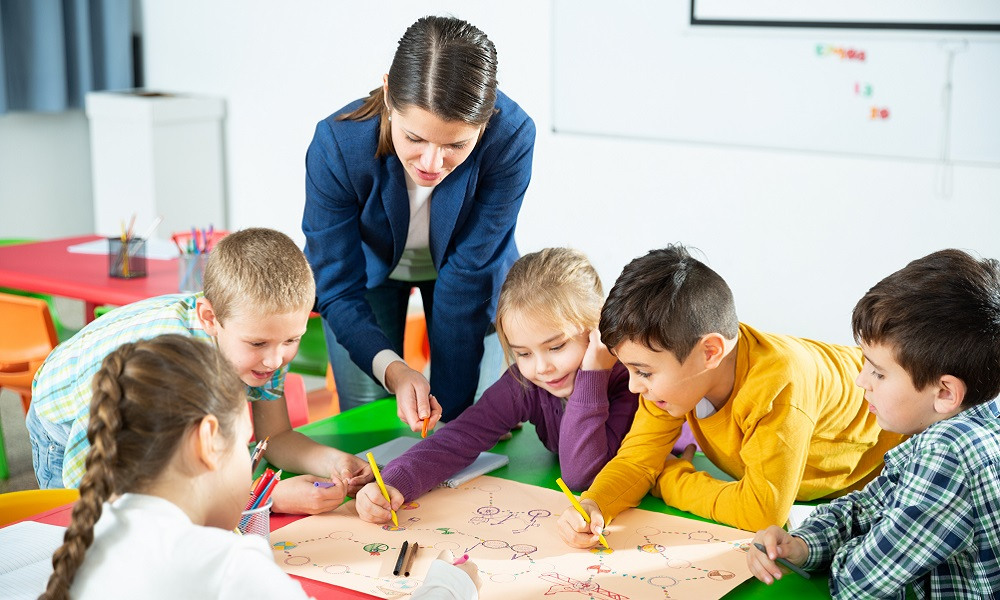Art education plays a crucial role in fostering creativity and innovation. It encourages individuals to think creatively, problem-solve, and express themselves in innovative ways. Art education provides learners with the necessary skills and knowledge to succeed in various industries that require creative thinking and innovation.
Developing Creativity and Innovation
Art education encourages learners to develop their creativity, a key skill required in many fields. Art classes expose learners to various art forms, styles and techniques, and provide them with opportunities to experiment, take risks, and find unique solutions to problems. This freedom to explore and discover helps learners develop their own style and approach to art, which can be applied to other areas of their lives.
Through art education, learners also develop critical thinking skills, an essential component in fostering innovation. They learn to analyze and evaluate their own work and the work of others, identify areas for improvement, and apply new ideas and techniques to their art. These skills can be applied to other areas of their lives, where they can help individuals to develop new ideas and innovative solutions to problems.
Enhancing Communication and Collaboration
Art education also enhances communication and collaboration skills, which are essential in many fields. Art classes provide learners with opportunities to work collaboratively, exchange ideas and feedback, and develop their communication skills. This collaborative approach helps learners to develop a sense of community, where they can learn from each other and develop their skills together.
Through art education, learners also develop their emotional intelligence, which helps them to understand and communicate with others effectively. They learn to express themselves in a unique and creative way, which helps them to connect with others on a deeper level. These skills can be applied to other areas of their lives, where they can help individuals to communicate more effectively and build stronger relationships with others.
Bridging the Gap Between Art and Science
Art education also helps to bridge the gap between art and science, which are often seen as two separate disciplines. Through art education, learners develop an appreciation for science and technology, and how they can be applied to art. They learn about the history of art, the science behind various art forms, and how technology can be used to create innovative art.
This interdisciplinary approach helps learners to develop a holistic understanding of the world around them, where they can apply their knowledge and skills to various fields. Art education helps to break down the barriers between disciplines, encouraging learners to think creatively and innovatively about how they can combine different areas of knowledge to solve problems and create something new.
Art education plays a vital role in fostering creativity and innovation. It provides learners with the necessary skills and knowledge to succeed in various fields that require creative thinking and innovation. Art education helps learners to develop their creativity, critical thinking, communication, collaboration, emotional intelligence, and interdisciplinary skills, which can be applied to other areas of their lives. Therefore, it is essential to provide learners with access to quality art education, which can help them to reach their full potential and contribute to society in meaningful ways.




